Energy efficiency
Our Work
Decarbonising the heating of buildings represents one of the major challenges for the energy transition. Our research on reducing CO2 emissions from heating buildings includes exploring geothermal energy, heat pumps, and building ventilation. These approaches are being combined in a major case study at St John’s College and across the wider university.
Other examples of the variety of research we are doing on energy efficiency include work on lubrication to reduce energy loss to friction and work on improving the efficiency of electrolysers, which is crucial for the development of renewable energy technologies.
Related Posts
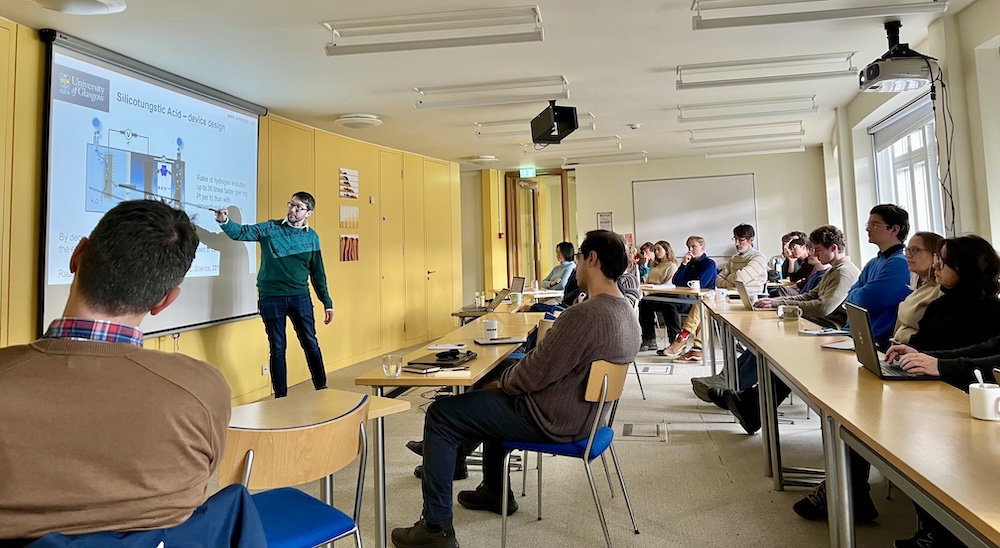
Decoupling strategies in electrochemical water splitting
The storage of renewably-generated energy as hydrogen via the electrolysis of water is a fundamental cornerstone of a sustainable hydrogen …

PhD student’s video shortlisted in international competition
PhD student Poorya Shaghaghi recently took part in the 2025 International Video Challenge developed by the journal Buildings & Cities …
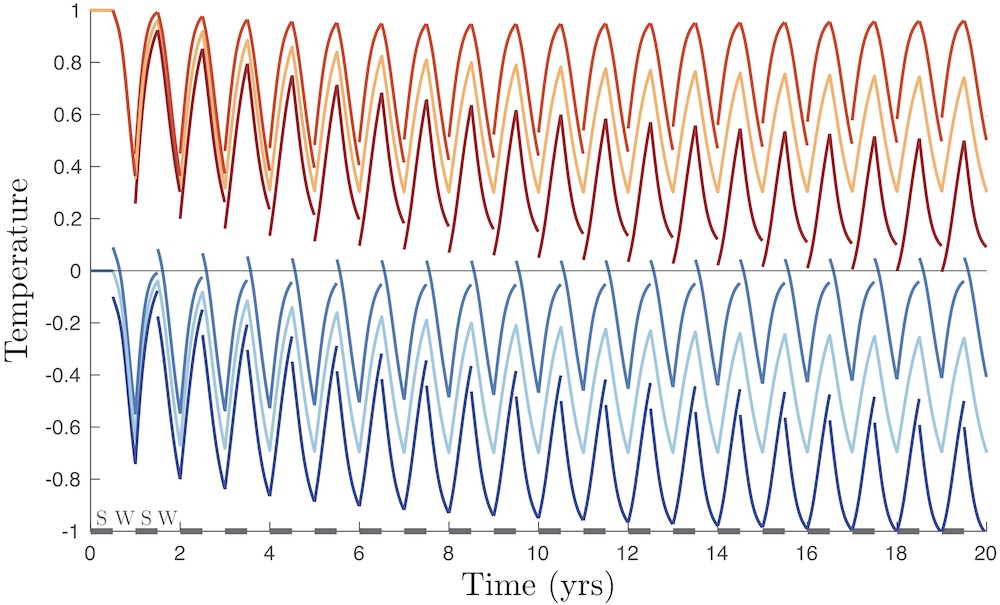
On the thermal drift of an ATES system subject to different heating and cooling loads
Aquifer thermal energy storage systems can provide a heat source in the winter by extracting warm water from a subsurface …
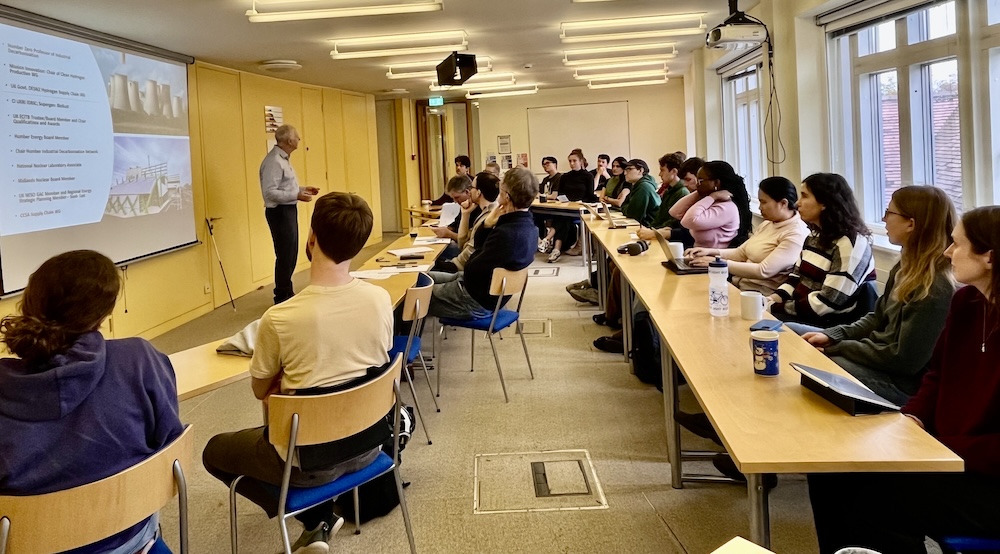
Decarbonisation of Industrial Clusters
Professor Joe Howe is the Net Zero Professor at the University of Lincoln and the academic lead for the Humber …
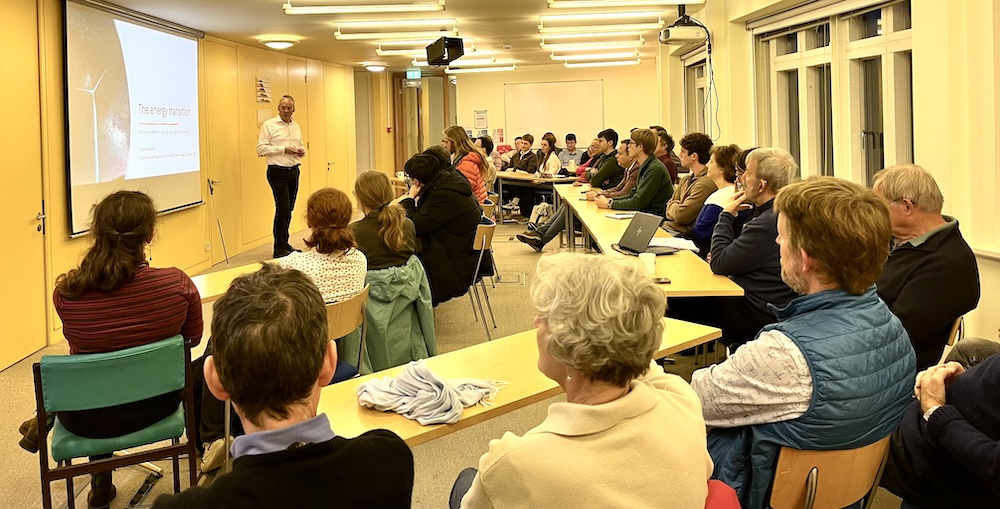
Challenges of the Energy Transition
Ten years ago, the Paris COP conference heralded an exceptional meeting to tackle climate change, backed by science, and soon …
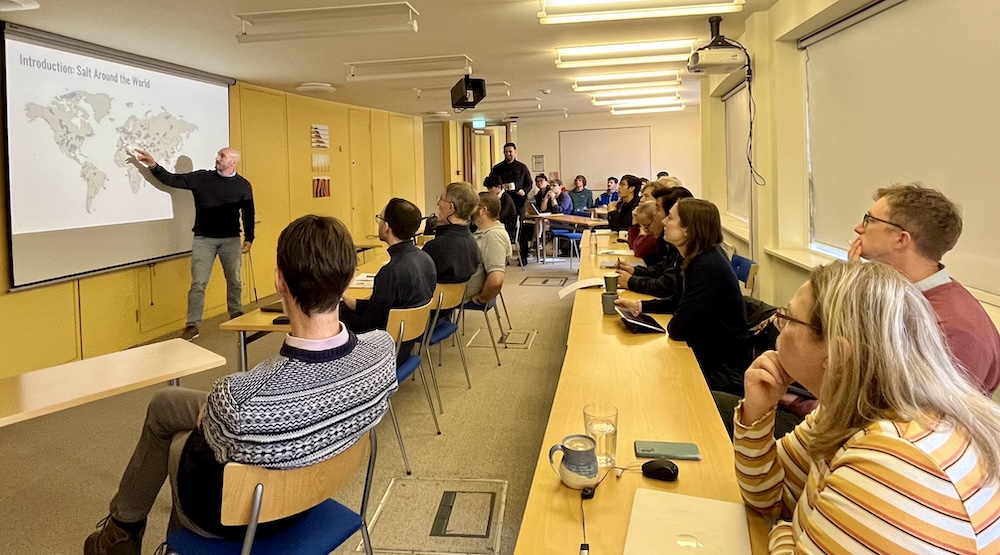
Large-scale energy storage in salt caverns
Large-scale storage technologies are crucial to balance consumption and intermittent production of renewable energy. At times of excess production, some …

Head of Institute took part in Royal Society visit to the Japanese Academy of Sciences
On Friday 21 March 2025, professor Andy Woods returned from a 2-day visit to the Japan Academy. The visit was …

Novel Electrocatalysts for Hydrogen Production
Today was the last seminar of Lent term, and Part III student James Fidler presented his recent work on new …